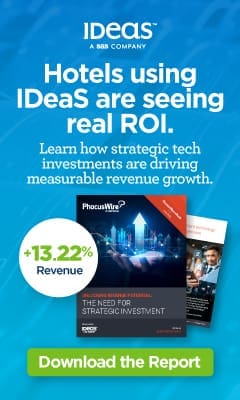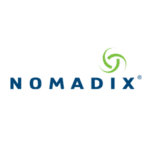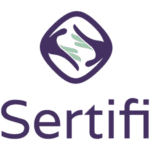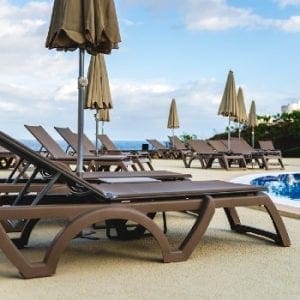As South Africa embraced phase 4 of the lockdown recently , perhaps you managed to go on a run and get a whiff of that surreal scent of dew on grass, even as you wore your mask and wondered how safe it really was. Just as you prepared for the run to ensure you are ready and don’t catch the virus, re-opening the hotel will also require an assessment of fitness, a warm up routine and ensuring necessary precautions to prevent the aches, injures and a virus that could send you back in quarantine. Just like the fellow runners, remember there will be other hotels that will be re-opening dissimilar in timing, inventory, strengths, newfound capabilities and immunisation (or the lack of it) to brace for the monumental recovery.
, perhaps you managed to go on a run and get a whiff of that surreal scent of dew on grass, even as you wore your mask and wondered how safe it really was. Just as you prepared for the run to ensure you are ready and don’t catch the virus, re-opening the hotel will also require an assessment of fitness, a warm up routine and ensuring necessary precautions to prevent the aches, injures and a virus that could send you back in quarantine. Just like the fellow runners, remember there will be other hotels that will be re-opening dissimilar in timing, inventory, strengths, newfound capabilities and immunisation (or the lack of it) to brace for the monumental recovery.
“…Frankie liked to say that boxing is an unnatural act, that everything in boxing is backwards. Sometimes the best way to deliver a punch is to step back . . . but step back too far, you ain’t fighting at all…” Million Dollar Baby
If graphs catch your attention more than the picture with the pathways, you are probably scenario planning. The recovery scenarios during this crisis have evolved in alphabet shapes: V, U, W, a Nike (swoosh) and an alphabet E scenario. The last is where you prepare for the best, worst and base case scenario. The fact is, we will only know the shape of the recovery in hindsight once we get over it, but the more important question right now is the path you will take to get there. The pre-crisis market wide data points were more reliable as free market forces were at play and hotels were operating on a more level playing field. During the lockdown, most hotels remained closed as they focussed on the most important issue during the pandemic – the people. But as the focus shifts towards re-opening the economy, the travel and tourism industry continues to embrace uncertainty.
Be proactive
As a hotelier, you should be critically evaluating your options. Market indices may be very different to your revenue and profit/loss reality as different hotels will have a different set of circumstances and financial backing to drive their strategies. If you have the reserves and are relatively risk averse, you may perhaps be planning to keep the hotel shut till demand grows substantially. If you weren’t sailing smoothly before the crisis and/or don’t see hospitality as a core business, you should be evaluating your options to exit. Alternatively, try to partner with a hotelier that will enable your business model or a bank that will see you through the trough so you can sell it at a better valuation during the recovery. But eventually, you and your ‘partners’ (with newfound meaning that includes your employees, bank and even government!) will have to look at the reopening of the hotel and your approach should be a proactive one based on informed decision-making.
While there are many variables in trying to plan for various scenarios, it is important to undertake scenario planning. At this stage, focus more into looking internally as you see external developments take shape. It will not be a few months, but at least a couple of years till the industry gets back to the revenue performance of 2019. Even if revenues go back to that level, profits will take some more time still. There were a lot of financial and marketing lessons to learn from during the 2018 Cape Town water crisis that drove even the most stabilised hotels to adjust their pricing strategies and segmentation to find a more optimal mix.
Adapt to a more flexible model
Identifying the strengths of your new business model and the impact of costs on profitability will be key. Reducing your fixed costs and adapting to a variable cost model (even for payroll) will go a long way in ensuring stability. Understanding your mandatory costs (unavoidable payroll, property expenses and debt obligations) and modelling them with the variable costs that increase with higher revenues will give you a better perspective on your ‘affordable payroll cost’ at various levels of occupancy as you go through the ups and downs. Account for higher volatility in payroll costs at a senior management level during the recovery.
Deliberate a domestic tourism strategy
In 2018, South Africans spent R 84 billion travelling overseas. Combine that with the pent-up leisure demand and you are looking at an opportunity to sustain your business till the international skies open. The uncertainty of international flight movement considering the travel bans and financial losses in the airline industry should be reason enough to bet on domestic tourism in the short to medium term. However, if you are going to offer discounted rates and packages, make sure you differentiate between your resident pricing and channels to not impact your international rates and positioning. The government will need to play its part in stimulating domestic tourism, perhaps through creating a web portal that allows VAT exemption and minimum or no booking fees.
International travel corridors and outlook
When travel resumes, it is likely to be through international travel bubbles/travel corridors for countries that are COVID-19 free and compliant with travel precautions issued by international travel bodies. Australia and New Zealand may become the first example of this model by July. South Africa with its natural diversity and wildlife has some unique advantages of attracting tourism in a responsible and sustainable way. Our leisure attractions predominantly are not crowded museums and historic monuments but serene getaways with an array of accommodation options accessible through quality international airports. Timely and thorough sanitation measures, tourism plans to sustain and recover the sector, a good e-VISA policy and a targeted marketing campaign (separate for international and domestic tourism) can go a long way in shaping a profitable and sustainable tourism industry in the long run.















